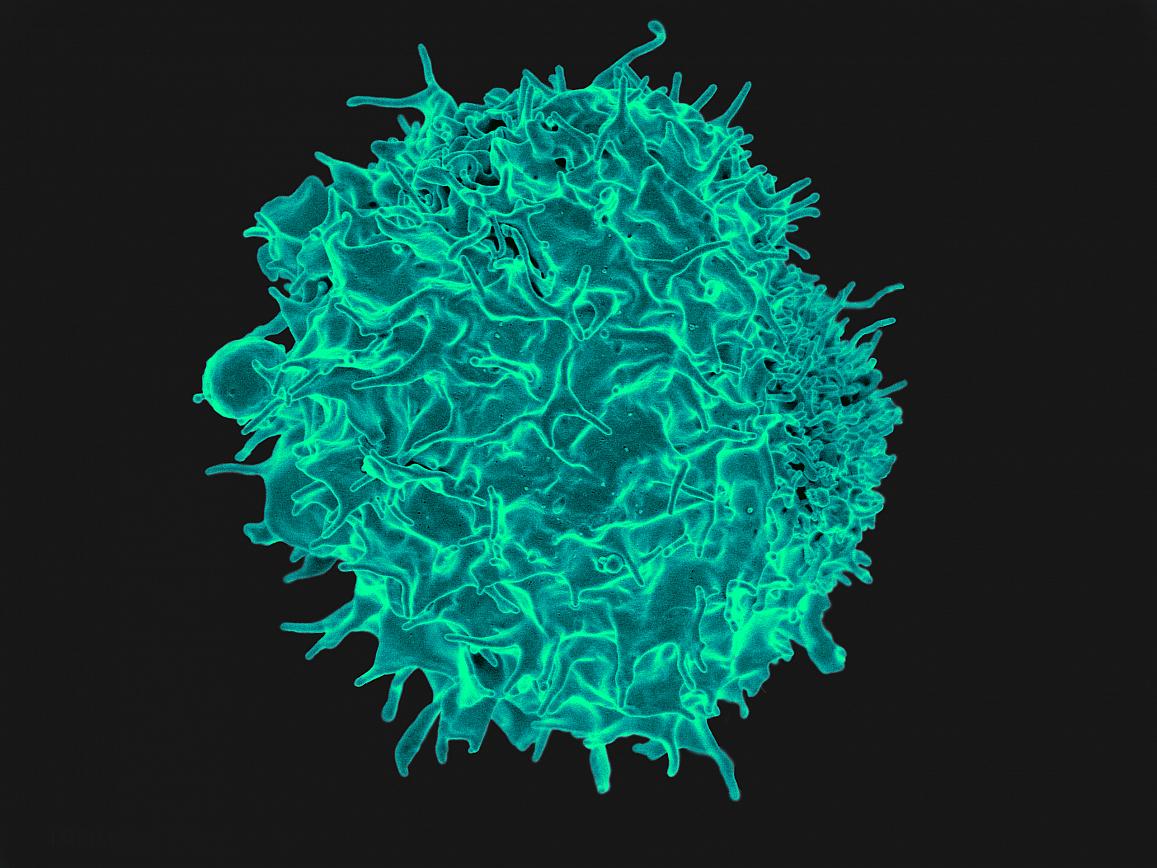The coming of age of gene therapy: A review of the past and path forward
No longer the future of medicine, gene therapy is part of present-day clinical treatment.
After three decades of hopes tempered by setbacks, gene therapy—the process of treating a disease by modifying a person’s DNA—is no longer the future of medicine, but is part of the present-day clinical treatment toolkit. The Jan. 12 issue of the journal Science provides an in-depth and timely review of the key developments that have led to several successful gene therapy treatments for patients with serious medical conditions.
Co-authored by Cynthia E. Dunbar, M.D., senior investigator at the Hematology Branch of the National Heart, Lung and Blood Institute (NHLBI), part of the National Institutes of Health, the article also discusses emerging genome editing technologies. According to Dunbar and her colleagues, these methods, including the CRISPR/Cas9 approach, would provide ways to correct or alter an individual's genome with precision, which should translate into broader and more effective gene therapy approaches.
Gene therapy is designed to introduce genetic material into cells to compensate for or correct abnormal genes. If a mutated gene causes damage to or spurs the disappearance of a necessary protein, for example, gene therapy may be able to introduce a normal copy of the gene to restore the function of that protein.

Colorized scanning electron micrograph of a T lymphocyte. The engineering of lymphocytes, white blood cells, can be used in the targeted killing of cancer cells.
This page was last updated on Friday, January 21, 2022